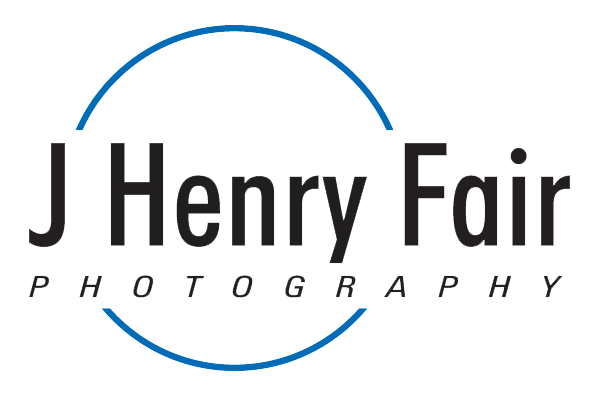Kupfer-Tagebau von Innen Gesehen
Hurley, New Mexiko, USA
Als Ursprungsort des Kupferbergbaus im Südwesten Nordamerikas ist die Santa-Rita-Mine die wohl berühmteste Mine dieser Region.
Ursprünglich von den amerikanischen Ureinwohnern und später Spaniern erschlossen, gab diese Mine über Jahrhunderte Anlass für Betrügereien und tödliche Auseinandersetzungen zwischen Ureinwohnern und invasiven Europäern.
Der Abbauprozess beginnt hier mit einer Vielzahl von Bohrungen mit einem Durchmesser von ungefähr 12 cm und einer Tiefe von knapp 20 m, die in Form eines genau geplanten Musters in den Fels getrieben werden. Die Löcher werden mit einer explosiven Mischung aus Öl und Ammoniumnitrat gefüllt. Während einer einzelnen Sprengung werden tausende Tonnen Erz aufgebrochen. Das recht magere Erz wird anschließend weiter zerkleinert und auf Halden gesammelt, wo das Kupfer mittels Schwefelsäure aus dem Gestein gelöst wird.
Inside Wall Of Open-Pit Copper Mine
Hurley, New Mexico, USA
Originally mined by Native Americans and later by Spaniards, this mine, also known as the Santa Rita, was the cause of much treachery and murder between invasive Caucasians and Native Americans over the centuries. The Chino is one of the oldest open-pit mines in the American Southwest, and many modern open-pit mining techniques were developed there. The typical extraction process at an open-pit mine begins with large drill rigs which bore a carefully-planned pattern of holes approximately 12 inches in diameter and 60 feet deep into the pit’s rock walls. The holes are filled with an explosive compound of fuel oil and ammonium nitrate. Upon detonation, thousands of tons of ore are fragmented in a single blast. This low-grade ore is crushed and piled in specially-lined heaps. Sulfuric acid is percolated through the heaps, dissolving copper minerals contained in the rock, which are collected and refined to metallic copper.
So Many Thanks to LightHawk for flight support!






